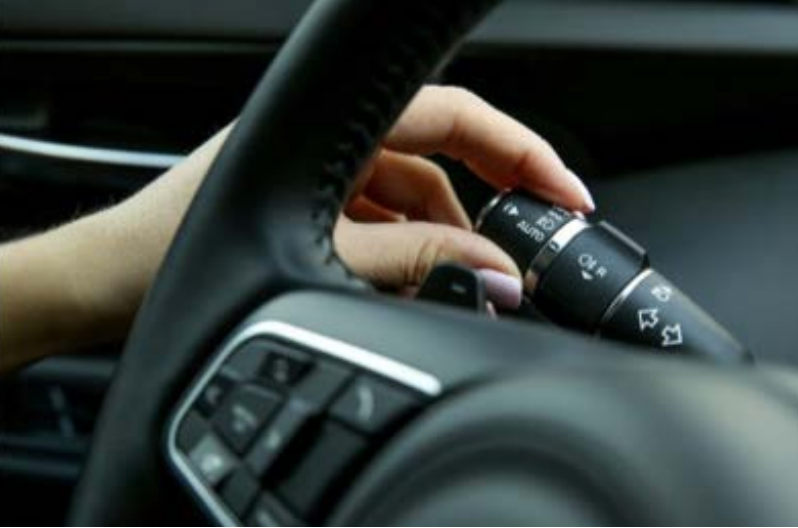1960s: The Pure Functional Aesthetics of the Mechanical Era
In the 1960s, car interiors represented the golden age of mechanical aesthetics. Every switch corresponded to a clear function—starting the engine, turning on lights, adjusting air conditioning—all conveyed intuitively to drivers through the physical forms of knobs, levers, and buttons. These switches adhered to an ironclad design principle: form must follow function. Whether through the dampened resistance of a metal lever or the satisfying click of a rotating knob, tactile and auditory feedback built the most direct trust between humans and machines.
The car cabin of that era was a "control panel" composed of physical interfaces. Engineers translated complex functions into tangible, touchable entities using minimalist design language. This philosophy not only lowered the barrier to operation but also gave drivers an almost instinctive sense of control—muscle memory in their fingers enabled precise actions without needing to glance away.

As automotive electronics evolved, the cockpit gradually became a battleground of layered functionalities. After the 1980s, composite switches and multifunctional buttons proliferated—a single knob might control volume, radio channels, and infotainment systems. By the 21st century, screen technology stormed into car interiors as a disruptor. Large touchscreens, gesture controls, and voice interfaces seemed poised to consign all physical buttons to obsolescence.
The rise of screens stemmed from a technological idealism: their infinitely expandable interfaces solved the spatial limitations of physical controls. Yet, when adjusting air conditioning requires navigating three layers of menus or switching driving modes becomes a virtual screen button, efficiency and safety begin to yield to novelty. Drivers’ fingers glide across smooth glass surfaces, losing the reassuring confirmation of pressing a physical switch; their eyes divert from the road to the screen, each interaction carrying a risk of distraction.
Neuroscience reveals a truth: humanity’s reliance on tactile feedback is rooted in millions of years of evolutionary instinct. When we press a physical switch, the pressure on our fingertips, the resistance of the button’s rebound, and even subtle vibrations form a closed-loop feedback system in the brain. This "sensory confirmation" not only boosts operational efficiency (physical buttons have an 80% lower error rate than touchscreens*) but, more importantly, creates an emotional bond between human and machine—every touch becomes a trustworthy dialogue.
This explains why the automotive design world has recently witnessed a resurgence of physical buttons. Porsche retained tactile climate controls in its Taycan electric sedan, while Mazda openly rejected touchscreens as "distracting" in favor of rotary dials. These choices are not a regression but a profound understanding of human behavior: in driving scenarios where efficiency and safety are paramount, tactile interaction remains non-negotiable.
From mechanical switches to digital screens and now the return of intelligent tactility, the evolution of car interiors reflects humanity’s growing self-awareness. We’ve come to realize that technology should not conquer our senses but extend our innate capabilities.
As autonomous driving and the metaverse redefine mobility, cars increasingly serve as a "third space." Yet no matter how contexts shift, drivers will always need a precisely responsive button or a knob that conveys mechanical solidity—because the certainty of touch remains the foundation of safety and joy.
As creators of human-machine interfaces, our mission endures: to harness cutting-edge technology in service of the most authentic interactions.
For true driving pleasure will always begin with a trustworthy touch.